Grantee Research Project Results
Final Report: Closing the Biodiesel Loop: Self Sustaining Community Based Biodiesel Production
EPA Grant Number: SU833203Title: Closing the Biodiesel Loop: Self Sustaining Community Based Biodiesel Production
Investigators: Ramsdell, Jeff , Raichle, Brian W. , Scanlin, Dennis , Martin, Jack , Ramey, Michael , Carroll, Terry
Institution: Appalachian State University
EPA Project Officer: Page, Angela
Phase: II
Project Period: September 1, 2006 through August 31, 2008
Project Amount: $75,000
RFA: P3 Awards: A National Student Design Competition for Sustainability Focusing on People, Prosperity and the Planet - Phase 2 (2006) Recipients Lists
Research Category: Pollution Prevention/Sustainable Development , P3 Awards , P3 Challenge Area - Air Quality , Sustainable and Healthy Communities
Objective:
Appropriate Technology:
Paul Feather, Chris Jude, Jeremy Ferrell, Brooke Frazer, Jon Ruth, Justin Stiles, Chris Curtin, Yonatan Strauch, Ryan Hiller, Chris Krezmien, Andrew Fulton, Ged Moody, Brian Taddonio
Interdisciplinary Studies:
Alyssa McKim, Clark Heldman, Julia Fondren, Kaitlin Marone, Joel Atchison, Billy Schweig, Mary Rogers
Biology and Chemistry
Rachael Hoch, Laura Hamm
Construction Technology
Sean Pendergast, Jared Toon, Ben Lee
Technology Education
Jay Trombower
Anthropology
Blake Atchison
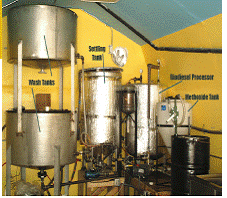
Summary/Accomplishments (Outputs/Outcomes):
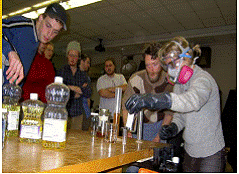
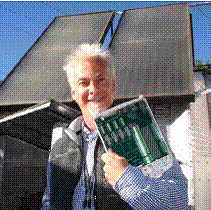
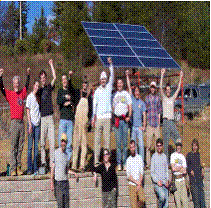
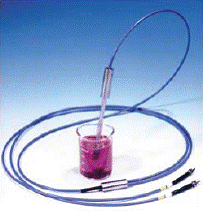
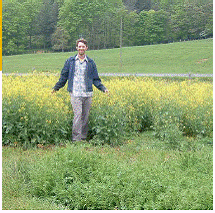
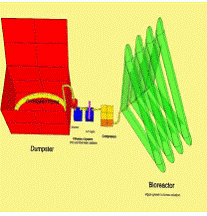

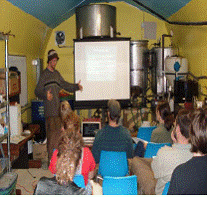
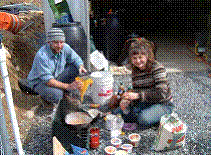
Supplemental Keywords:
Sustainable Industry/Business, RFA, Scientific Discipline, INTERNATIONAL COOPERATION, POLLUTION PREVENTION, TREATMENT/CONTROL, Technology for Sustainable Environment, Sustainable Environment, Environmental Chemistry, Chemicals Management, cleaner production/pollution prevention, Environmental Engineering, Technology, Energy, education, biofuel, alternative energy source, biotechnology, emission controls, environmentally benign alternative, waste vegetable oil, waste to fuel conversion, energy conservation, renewable fuel production, bio-based energy, energy efficiency, biodiesel fuel, alternative fuel, alternative to petroleum diesel fuel, waste cooking oils, engineering, green chemistryRelevant Websites:
Phase 1 AbstractProgress and Final Reports:
Original AbstractP3 Phase I:
Closing the Biodiesel Loop: Self Sustaining Community Based Biodiesel Production | Final ReportThe perspectives, information and conclusions conveyed in research project abstracts, progress reports, final reports, journal abstracts and journal publications convey the viewpoints of the principal investigator and may not represent the views and policies of ORD and EPA. Conclusions drawn by the principal investigators have not been reviewed by the Agency.
